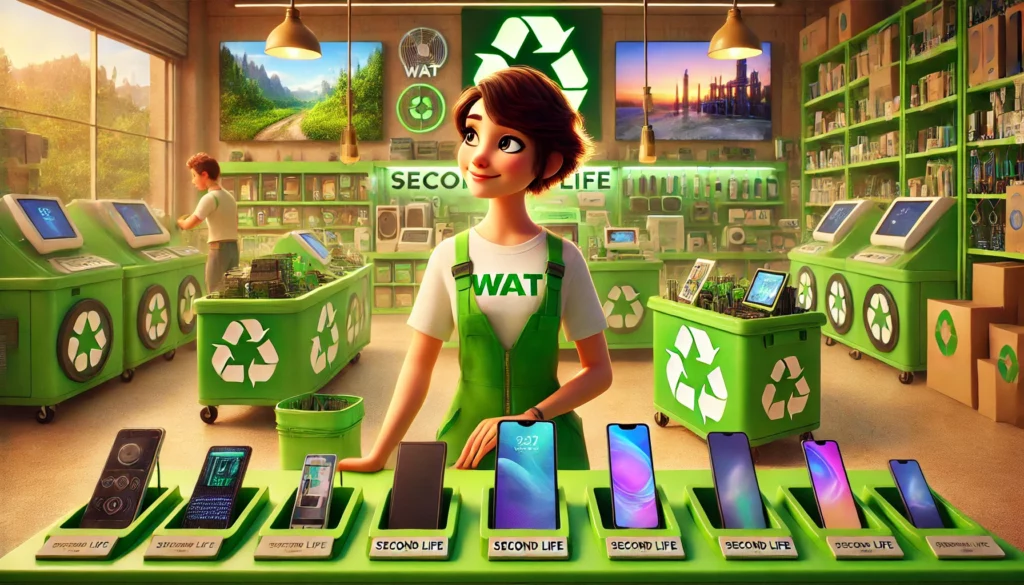As we witness rapid technological advancements, the lifecycle of electronic devices has become increasingly short, leading to a surge in e-waste. Fortunately, the repurposing and reselling of electronics present a viable solution. This approach extends the life of devices, reduces environmental impact, and supports access to technology for communities in need. By giving electronics a “second life,” we can help reduce waste, save valuable resources, and make technology more affordable and accessible.
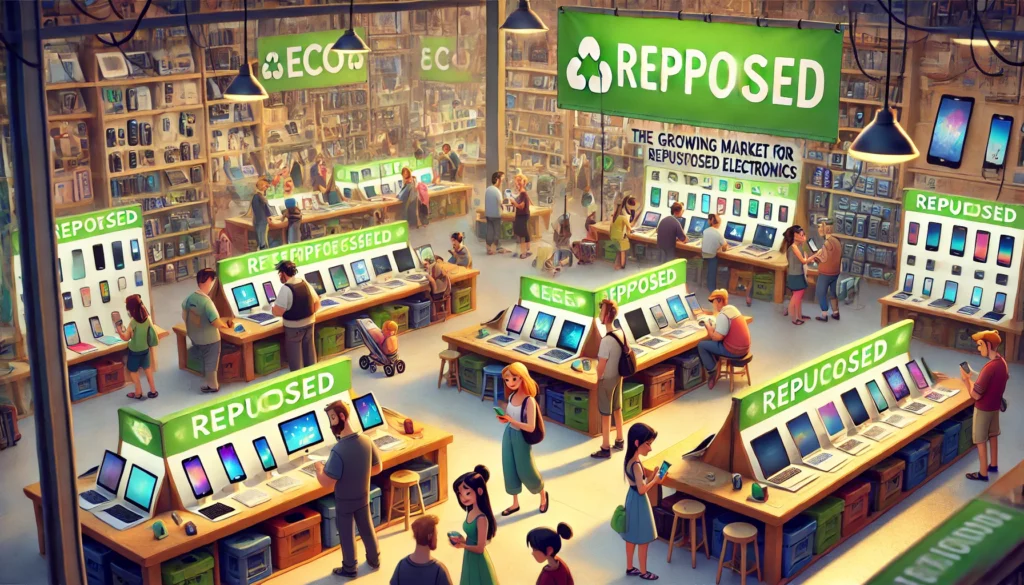
The Growing Market for Repurposed Electronics
The market for repurposed electronics has seen considerable growth in recent years. Many consumers and organizations are now opting for repurposed devices, driven by environmental awareness and budget considerations. These items, which include smartphones, laptops, and tablets, are meticulously restored to their original functionality and often come at a fraction of the price of new devices. As the demand for repurposed electronics grows, so does the positive impact on e-waste management.
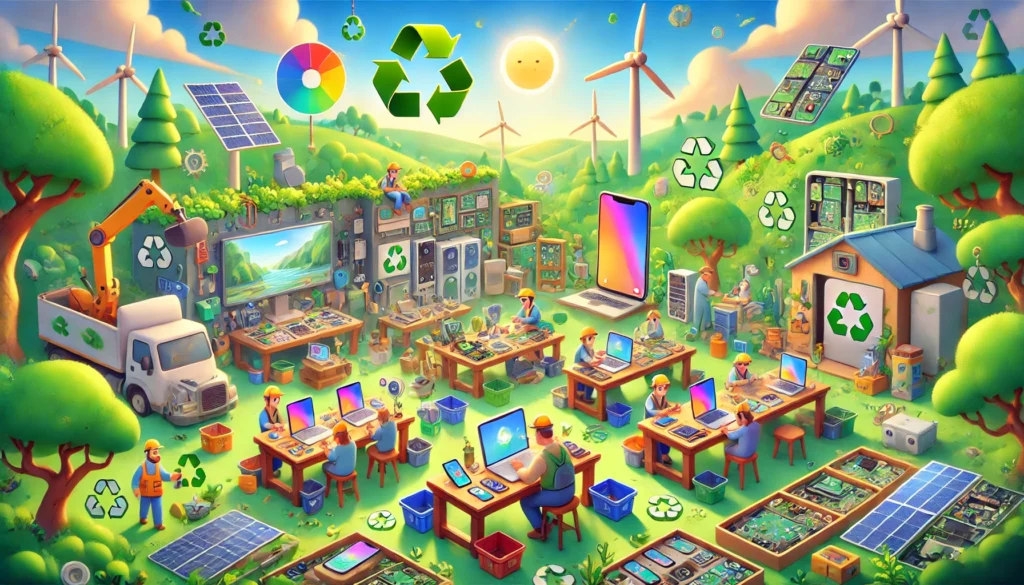
Environmental Benefits of Repurposing Electronics
1. Reduction in E-Waste
By repurposing and reselling electronics, we reduce the amount of e-waste that ends up in landfills. E-waste often contains toxic substances like lead, mercury, and cadmium, which can leach into the soil and water, posing health risks. Extending the life of electronics helps mitigate these environmental hazards.
2. Conservation of Resources
The manufacturing of electronic devices requires significant natural resources, including precious metals and rare earth elements. Repurposing minimizes the demand for these resources, reducing the energy and emissions associated with mining and production. In this way, repurposing directly contributes to resource conservation and energy savings.
3. Lowering Carbon Footprint
Manufacturing new electronics involves processes that emit greenhouse gases. Opting for repurposed devices significantly lowers the overall carbon footprint of technology consumption, making it a sustainable choice.
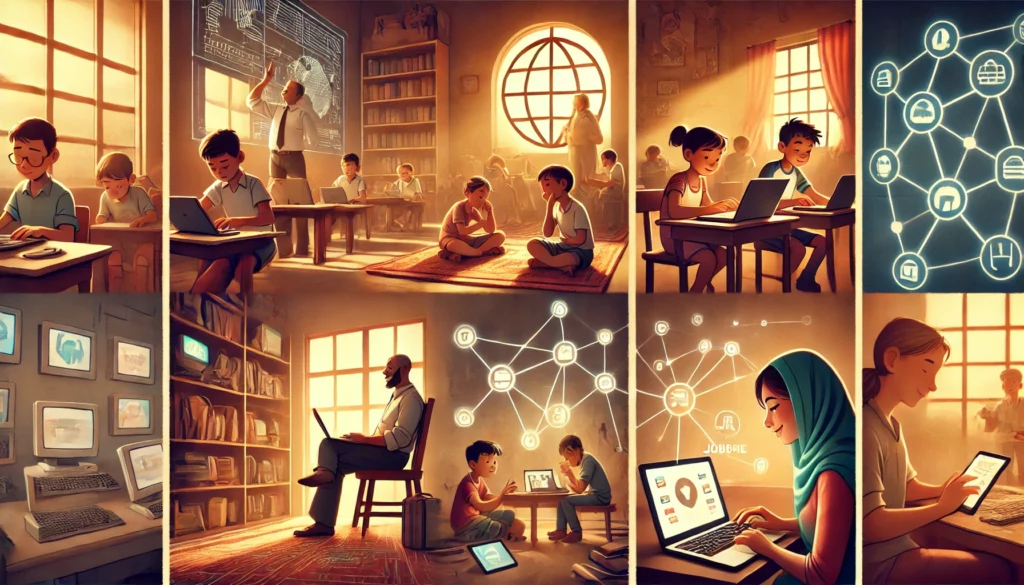
Case Studies: Repurposed Electronics in Action
Several organizations and initiatives around the world have successfully implemented repurposing programs to address e-waste and bridge the digital divide:
- Schools in Developing Regions: Programs that repurpose donated laptops and tablets for schools in underserved communities provide students with access to educational resources. For instance, nonprofits in Africa and Asia have distributed repurposed electronics to schools, helping bridge the technology gap and empowering students with learning tools.
- Low-Income Households: Social enterprises repurpose and sell electronics at reduced prices to low-income households. This makes it possible for families to afford essential devices like computers, which are necessary for education, work, and accessing information.
- Nonprofit Initiatives: Many nonprofits repurpose and distribute devices to refugees and marginalized communities, helping individuals access job opportunities, stay connected with loved ones, and receive critical services online.
These examples illustrate how repurposed electronics not only support environmental sustainability but also drive social impact.
WAT’s Commitment to Sustainable Repurposing
At WAT, we are dedicated to fostering a circular economy by offering repurposing and resale services for electronics. Our team carefully assesses and restores IT assets, ensuring they meet high-quality standards before being sold or donated. This not only reduces e-waste but also makes technology accessible to more people. Our services cater to businesses and individuals alike, promoting responsible consumption and enabling clients to contribute to a more sustainable environment.
How You Can Participate
Whether you’re an individual looking to purchase a repurposed device or a business interested in offloading IT assets, there are many ways to support the circular economy:
- Buy Repurposed Electronics: Opt for repurposed devices when upgrading your technology. Many repurposed electronics come with warranties, making them a reliable and cost-effective choice.
- Donate or Trade-in Old Devices: Donating or trading in old electronics can help them find a second life, benefiting others and reducing e-waste.
- Partner with E-Waste Management Services: Businesses can work with certified e-waste management companies like WAT to ensure that outdated electronics are responsibly repurposed or recycled.
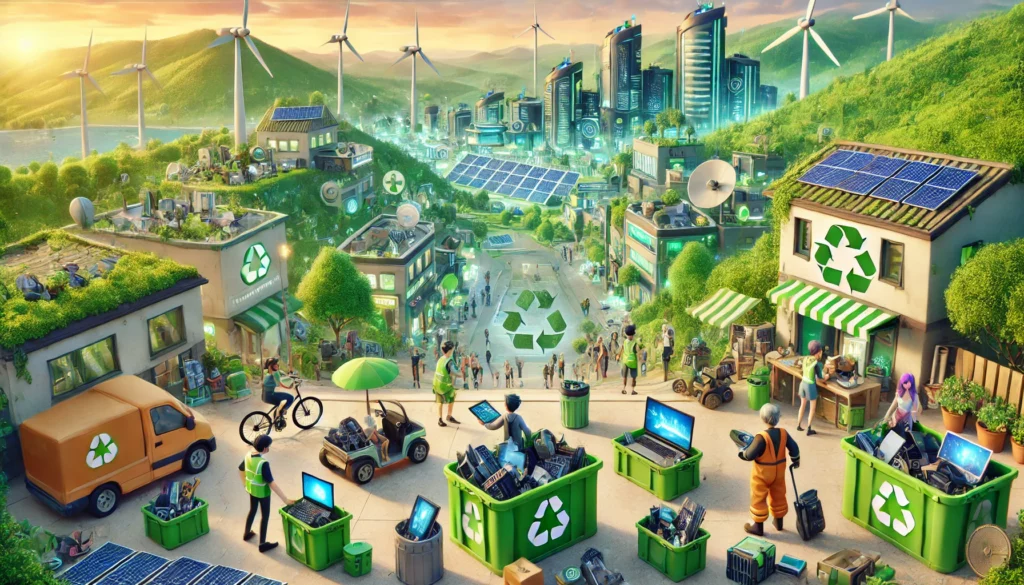
Repurposing for a Greener Future
Repurposing electronics is a small but significant step toward a sustainable future. It helps reduce the environmental impact of e-waste, conserves valuable resources, and provides essential technology to communities in need. By supporting initiatives like WAT’s repurposing program, you contribute to a cleaner, more sustainable world where technology is accessible to all.
Together, we can make a difference in e-waste management and foster a world where electronics truly get a second life.
